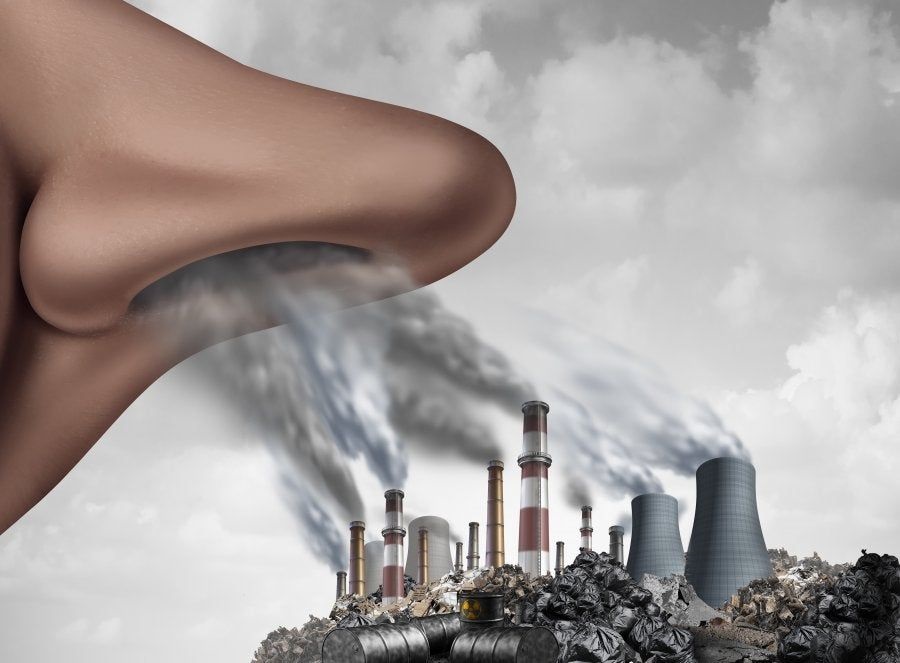Air pollution in India is a major environmental issue that affects the health and well-being of millions of people in the country.
The primary sources of air pollution in India include industrial emissions, vehicular traffic, and burning of biomass and fossil fuels. In recent years, the problem has become increasingly severe, with air pollution levels in many Indian cities surpassing those of even highly industrialized countries.
According to data from the World Health Organization (WHO), several Indian cities rank among the most polluted in the world. For example, in 2019, 22 out of the 30 most polluted cities in the world were in India.
Additionally, a study by the Indian Council of Medical Research found that air pollution is responsible for over a million premature deaths in India every year.
Table: Air Pollution in India (Major Cities)
| City |
PM2.5 (µg/m³) |
PM10 (µg/m³) |
NO2 (µg/m³) |
SO2 (µg/m³) |
| Delhi |
122 |
286 |
79 |
40 |
| Mumbai | 88 |
185 |
61 |
36 |
| Kolkata |
98 |
215 |
69 |
42 |
| Bengaluru |
64 |
137 |
48 |
27 |
| Hyderabad |
75 |
165 |
56 | 31 |
The table above shows the levels of PM2.5, PM10, NO2, and SO2 in major Indian cities. PM2.5 and PM10 are particulate matter with a diameter of 2.5 micrometers or less and 10 micrometers or less, respectively. These particles can cause respiratory and cardiovascular problems, and have been linked to a number of health issues, including lung cancer, stroke, and heart disease. NO2 and SO2 are nitrogen dioxide and sulfur dioxide, respectively, which are both pollutants that can cause respiratory problems.
The Indian government has taken steps to address the problem of air pollution, including implementing stricter emissions standards for vehicles and industries, and promoting the use of clean energy sources.
However, more needs to be done to effectively combat the problem, including enforcing existing regulations, investing in public transportation, and educating the public about the dangers of air pollution.
In conclusion, air pollution in India is a serious problem that affects the health and well-being of millions of people in the country. The primary sources of air pollution include industrial emissions, vehicular traffic, and burning of biomass and fossil fuels. The Indian government has taken steps to address the problem, but more needs to be done to effectively combat the problem, including enforcing existing regulations, investing in public transportation, and educating the public about the dangers of air pollution.





